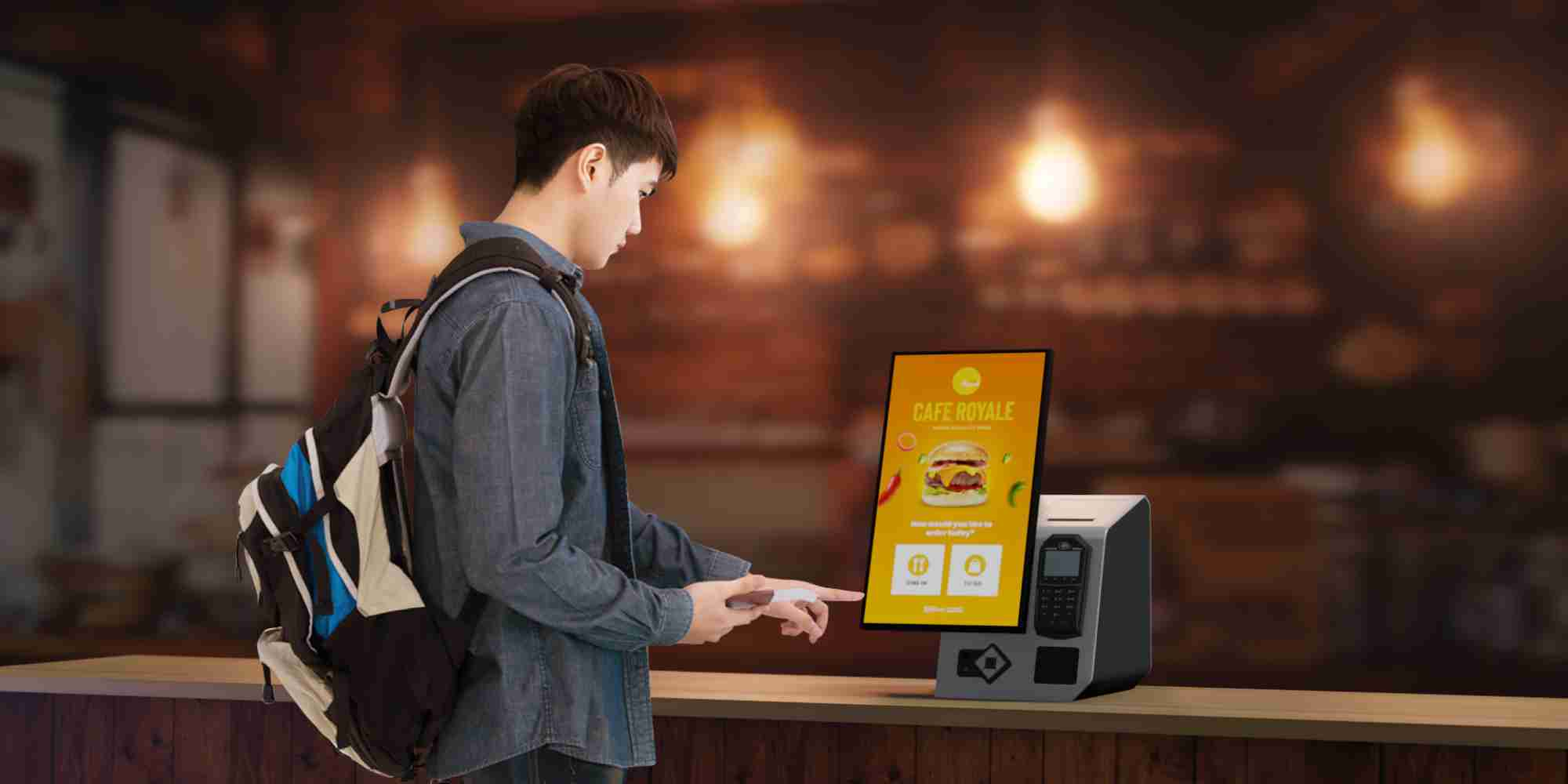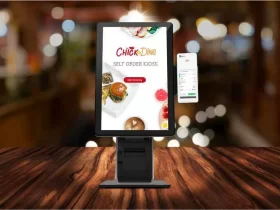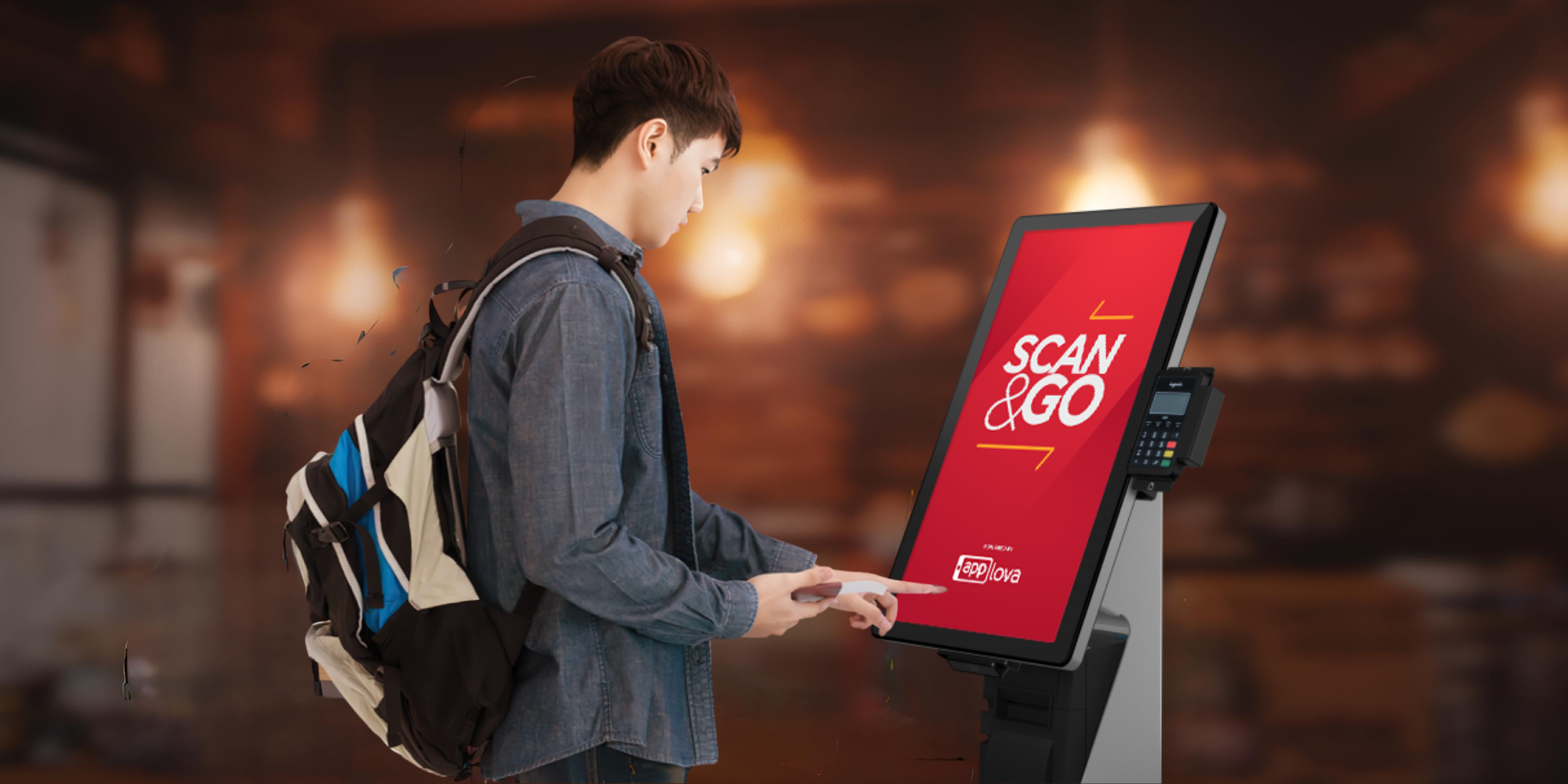In the competitive world of the restaurant industry, owners are constantly seeking innovative ways to boost their revenue and stand out in the market. One such game-changer that has emerged is the adoption of kiosks. But the burning question remains: How much revenue will a kiosk generate for your restaurant? This question is not just about adding a new piece of technology to your operation; it’s about understanding its impact on your overall revenue streams and how it can transform your business. With the growing importance of efficiency, customer experience, and streamlined operations, integrating kiosks into your restaurant could be the key to unlocking new revenue potentials. This blog will delve into the intricacies of how kiosks can significantly enhance your restaurant’s revenue, examining everything from average restaurant earnings to specific revenue models, and providing insights into how to maximize this investment.
Whether you’re calculating revenue per square foot or per month, or you’re curious about the broader statistics and management strategies, we’ll cover it all, offering a comprehensive guide tailored for restaurant owners aiming to elevate their financial performance.
In today’s digital age, the restaurant industry is evolving rapidly, with technology playing a pivotal role in shaping how establishments operate and thrive. Among the technological advancements, kiosks have emerged as a standout feature, not just for their novelty but for their proven ability to enhance customer experience and, consequently, increase restaurant revenue. For restaurant owners, understanding the financial benefits of integrating kiosks into their business model is crucial. This exploration delves into various facets of restaurant revenue, providing a detailed analysis of how kiosks can act as a significant revenue booster.
The Impact of Kiosks on Average Restaurant Revenue
The integration of kiosks in restaurants has shown to positively affect the average revenue. By facilitating faster service and reducing wait times, kiosks can lead to a higher table turnover rate and increase the average revenue per customer. Studies indicate that restaurants employing kiosk technology often see a notable increase in their average order value, as customers are more likely to explore the menu and add extra items when ordering through a kiosk.
Must Read: How Self-Ordering Kiosks Are Changing Fast Casual Dining
Exploring Restaurant Revenue Streams
Incorporating kiosks can also diversify and strengthen your restaurant’s revenue streams. Beyond just enhancing the dine-in experience, kiosks can support takeout and delivery services, catering to the growing demand for these options. This expansion of services not only broadens the customer base but also opens up new avenues for revenue.
Strategies to Increase Restaurant Revenue
To maximize the potential of kiosks, consider employing targeted upselling strategies. Kiosks can be programmed to suggest add-ons or premium ingredients, effectively increasing the average check size. Moreover, integrating loyalty programs and special promotions through kiosks can encourage repeat business and boost long-term revenue.
Revenue Per Square Foot: A Key Metric
Understanding the revenue per square foot can offer valuable insights into the efficiency of your restaurant space. Kiosks can significantly contribute to optimizing this metric by enabling a more effective use of space, potentially reducing the need for large seating areas or counters and allowing for more strategic layout planning.
The Role of Restaurant Revenue Management
Effective revenue management is crucial for maximizing the benefits of kiosks. This involves analyzing data collected from kiosk transactions to identify trends, optimize menu offerings, and tailor marketing strategies. By leveraging this data, restaurants can make informed decisions that enhance profitability.
Analyzing Restaurant Revenue Statistics
National and state-level restaurant revenue statistics can provide a benchmark for assessing the performance of your establishment. Integrating kiosks and monitoring their impact on your revenue in comparison to these benchmarks can offer a clear picture of the technology’s effectiveness.
Monthly and Yearly Revenue Averages
Evaluating the average revenue per month and year, both before and after implementing kiosks, can help in quantifying their financial impact. This comparison can reveal the long-term benefits of kiosk integration on your restaurant’s financial health.
Must Read: How to do cross-selling and upselling with Self-Ordering Kiosks?
Tailoring Strategies for Small Restaurants
For small restaurant owners, the adoption of kiosks can be particularly transformative. By analyzing the average revenue for small restaurants and applying kiosk technology effectively, even smaller establishments can see significant growth in their revenue figures.
The Comprehensive Restaurant Revenue Model
Developing a comprehensive revenue model that includes kiosks is essential for modern restaurants. This model should consider various factors, including cost savings from labor, increased sales through upselling, and the potential for expanded service offerings.
Calculating Restaurant Revenue with Precision
To truly understand the financial impact of kiosks, it’s vital to have a precise method for calculating restaurant revenue. This should involve a detailed analysis of sales data, cost savings, and the incremental revenue generated by kiosks.
Examples of Successful Restaurant Revenue Streams
Highlighting successful examples of restaurant revenue streams augmented by kiosks can provide practical insights and inspiration. From fast-casual eateries to fine dining establishments, various segments of the industry have successfully leveraged kiosks to enhance their revenue.
State-wise Revenue Analysis
Examining restaurant revenue by state can offer localized insights into the potential success of kiosk integration. Different regions may exhibit varying levels of receptiveness and profitability from such technology, influencing strategic decisions.
In conclusion, the introduction of kiosks in restaurants presents a lucrative opportunity for revenue enhancement. By considering the various factors outlined above, from average revenue impacts to strategic revenue management, restaurant owners can make informed decisions about integrating kiosks into their business model. The potential for increased revenue, improved operational efficiency, and enhanced customer satisfaction makes the investment in kiosk technology a compelling proposition for the forward-thinking restaurant owner.











Leave a Reply